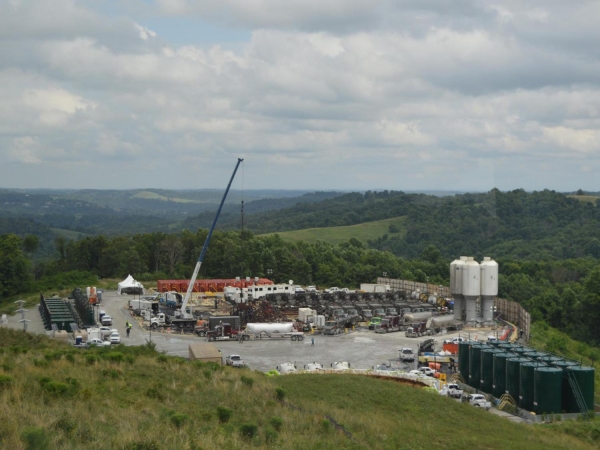Extracting natural gas from shale formations can provide an abundant, lower-carbon footprint fossil fuel, but also creates concerns over increased methane emissions.
Extracting natural gas from shale formations can provide an abundant, lower-carbon footprint fossil fuel, but also creates concerns over increased methane emissions. A team led by Penn State researchers has developed a new tool that can estimate the emission potential of shale wells after they are no longer active.
The findings, published in the journal Science of the Total Environment, revealed that methane begins diffusing from the shale formation after a well is decommissioned and that this represents a notable source of methane emissions — comparable to the most significant emissions during drilling and operation of the well.
“Natural gas is an important energy resource that has helped the U.S. lower its carbon dioxide emissions, but we also understand methane can be a potential hazard,” said Shimin Liu, professor of energy and mineral engineering at Penn State and a co-author of the study. “What this work does is give us a proactive way to understand what’s going on in the subsurface.”
Read more at: Penn State University
A Marcellus Shale well site in Pennsylvania. (Photo Credit: Penn State / Penn State. Creative Commons)




